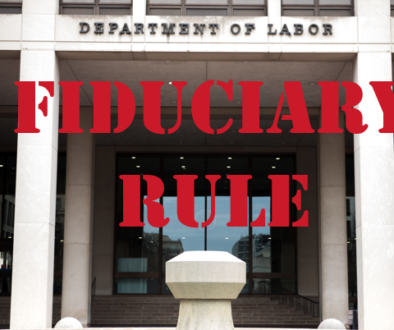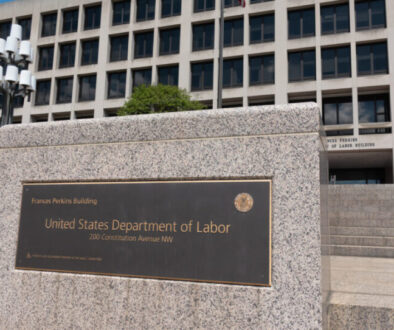Distracted driving continues to spiral, with estimated costs in billions
In spite of widespread awareness campaigns, incentivized insurance policies, and technological solutions, the incidence of auto accidents and fatalities from distracted driving continues to spiral. Interacting with electronic devices while driving was a contributing factor that made American roadway the most dangerous since 2007, with 42,915 people killed in the US last year.
Cambridge Mobile Telematics, the world’s largest telematics service provider for cars and trucks, says every 10% increase in distracted driving kills more than 420 people and costs the US economy $4 billion. With a 23% surge in distraction since 2020, CMT estimates that the increase in distracted driving caused an additional 420,000 crashes, 1,000 fatalities, and $10 billion in damages to the US economy in 2022.
“The increase in crashes when drivers handle their phones and interact with their screens is stark: The worst offenders are over 240% more likely to crash than the safest drivers.” said a recent CMT report headlined “The Deadly Rise of Distracted Driving in America,
Other studies confirm the numbers
Other industry sources confirm CMTs stats. A recent survey by Travelers Insurance found 70% of survey respondents said that they believe distracted driving is more of a problem now than it has been over the past few years. Using technology while driving was also a challenge cited by employers, according to the survey, with more than 30% of executives – a 19% increase from last year – reporting that their employees have been involved in crashes while driving for business purposes because they were distracted by their mobile devices.
Information gathered by Cambridge Mobile Telematics, which collects data from thousands of vehicles around the world and works with 21 of the largest 25 auto insurance companies, shows the problem is huge and getting bigger.
“I think the biggest surprise in our findings is just the prevalence of it,” said Matt Fiornentino, vice president of marketing at CMT. “You look at the numbers from 2022, and 58% of trips have some form of screen interaction. That’s people we only see physically tapping the phone, but it could indicate people are texting, emailing, dialing a phone number, going through their TikTok feed, tweeting, or playing games. It means more than one in two trips has that kind of interaction. So, it’s just incredibly widespread.”
Phone distractions on the rise
Moreover, the amount of time people are spending fiddling with their phones while driving is on the increase.
“Our statistics show for every hour that Americans drove in 2020, they were spending two minutes and 12 seconds interacting with their screen,” Fiornentino said. “It’s crazy. And we also measure the different speed bands when distraction is happening. And 34% of distraction happens about 50 miles an hour.”
Stop-gap measures
Attempts to lessen the incidence of distracted driving, such as legislating hand-free only calling while driving, along with expensive billboard advertising campaigns, have proved to be only temporary stop-gap measures CMT found. States that enacted hands-free legislation saw an average 13% reduction in distracted driving after the first three months of enactment. But in the last three months, the numbers have climbed about 3% from the point of reduction.
“So, the challenge is that over time, the impact and the awareness of that law kind of fades away, and impact just gets weaker,” Fiornentino said. “In the beginning you see a lot publicity and awareness and states will have big budgets for digital or billboard campaigns. Then, the budgets disappear or get redirected and the numbers start going back up.”
Most auto insurers have offered premium discounts for customers willing to have their driving habits monitored by devices installed in their autos. Surprisingly, said Fiorentino, drivers are largely okay with being monitored with feedback, so long as the rewards are sufficient.
”Understanding how distracted you are, can really help reduce it,” he said. “We’ve seen that with engagement with these programs. We measured engagement by how often people were opening the apps and looking at their scores. And what we found was that people who are highly engaged, which we defined as having opened up three or more times a week, were 57% less distracted than people who were unengaged.”
But while the monitoring and feedback programs can be effective, they are not yet widely utilized, with adoption rates somewhere around 25-30% of drivers. Florentino predicts that when telematics adoption rates hit 60-75%, there will be a vast reduction in distracted driving incidents. He said some insurers are considering offering constant telematic monitoring and feedback that could change a person’s insurance premiums on a bi-monthly, or even monthly basis, rather than annually based on their driving habits.
Fiorentino said people quickly adapt to the feedback programs which results in safer driving.
“We’re looking at a lot of different aspects and are attacking it from a lot of different angles,” he said. “The goal is to reduce it overall here all these different methodologies that we’re working with our partners to just have more broadly available to more drivers. Best of all, they’re free.
Doug Bailey is a journalist and freelance writer who lives outside of Boston. He can be reached at doug.bailey@innfeedback.com.
© Entire contents copyright 2023 by InsuranceNewsNet.com Inc. All rights reserved. No part of this article may be reprinted without the expressed written consent from InsuranceNewsNet.com.
The post Distracted driving continues to spiral, with estimated costs in billions appeared first on Insurance News | InsuranceNewsNet.



